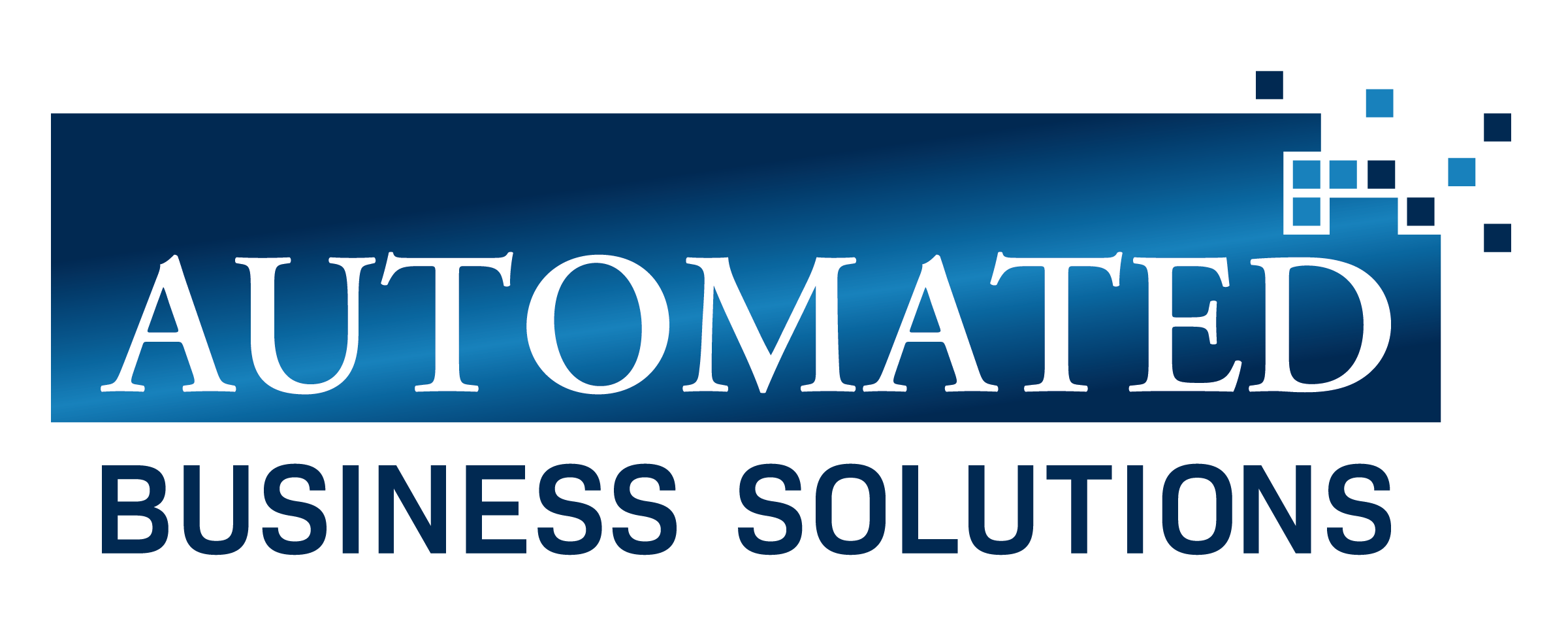COMPARISION
Leasing vs. Buying
Are you in need of upgrading your office technology? At a crossroads when it comes to your purchasing decision?
When it comes to acquiring office equipment and managed IT services, businesses often face the classic dilemma: lease or buy? Both options have their merits, but understanding the nuances and benefits of each can significantly impact a company’s bottom line and operational efficiency.
Embracing innovation. Leasing brings the power of adaptability, allowing businesses to stay ahead in an ever-evolving landscape.
Leasing versus Buying
Cost Efficiency
Leasing office equipment and IT services often require minimal upfront costs, preserving crucial capital for other business needs. With fixed monthly payments, budgeting becomes more predictable, allowing better financial planning.
Access to Cutting-Edge Technology
Technology evolves rapidly, and leasing offers the advantage of regularly upgrading to newer, more advanced equipment without the hassle of selling or disposing of outdated assets. This ensures your business stays competitive and efficient.
Maintenance and Support
Leasing typically includes maintenance and support services. Any issues or upgrades needed are often covered under the lease agreement, reducing downtime and operational disruptions.
Tax Advantages
Leasing expenses are often tax-deductible, providing potential financial benefits to the company.
$1 Buy Out
Also known as a “capital lease,” a $1 buyout lease is like purchasing equipment with a loan.
Comparision
| LEASE | LOAN | |
|---|---|---|
| Fixed Monthly Payment | x | x |
| Benefits of Early Payment | x | |
| Term Flexibility | Most terms are 12-60 months | Terms may be limited. based on asset type |
| Collateral | Financed Equipment | Potentially all company assets |
| Technology Included | Up to 100% financing including hardware, software, and implementation | Typically limited to hard assets. Bank loans may not cover 100% of costs. |
While most leases have similar features, it’s important to know that not all leases are created equal. Their features will vary depending on the terms of the lease, the needs of the lessee and the lessor. However, here are some common features found in most leases:
- One fixed monthly payment
- Inclusive of soft costs (installation, training, and implementation)
- No advance payment or deposit required
- No impact on bank lines
- Easy to upgrade or add equipment throughout term
- Lease rates not tied to credit risks
- May avoid bank covenants
Making The Right Choice
The decision between leasing and buying office equipment and managed IT services should align with the specific needs and growth plans of each business. Factors such as cash flow, technological requirements, tax implications, and long-term strategies play a pivotal role.
A hybrid approach, where critical assets are purchased while others are leased, might be an ideal compromise for some businesses, offering the benefits of ownership alongside the advantages of flexibility and regular upgrades.
In essence, while leasing offers flexibility and access to cutting-edge technology, buying provides ownership and potential long-term cost savings. Understanding the business’s immediate needs and future aspirations will guide the optimal choice between leasing and buying.
Benefits of Bundling Invoices
Once you’ve decided, we also like to assist our customers by streamlining their invoicing process. There are a few potential benefits of bundled invoicing with a lease and using a supplement to add to an existing lease.
Convenience
Simplified Asset Management
Having all leases bundled together under one agreement can make tracking and managing the different assets/services easier. The lessee doesn’t have to coordinate across multiple invoices for information.
Flexibility
Supplemental leases allow the lessee to add new equipment to an existing lease agreement easily. This makes it simpler to handle equipment needs. The assets are still under one umbrella contract.
Coterminous Periods
Lease supplements allow the option to add equipment that has aligned terms and single end dates. This avoids the hassle of managing staggered expiration dates.
Have More Questions?
Ultimately, the decision depends on the specific applications and requirements of your organization. Careful consideration of costs, resources, and long-term objectives should be evaluated before making this strategic decision.
Request a free consultation from one of our specialists today.

